by Louise Irvine
Exotic creatures of the deep exerted a powerful fascination for glass artists during the Art Nouveau era. Shimmering shoals of fish in iridescent colors appealed particularly to René Lalique in the early 1900s. The public were receptive customers, eager to romanticize the natural world as an escape from mass urban migration.
Illustrations by contemporary naturalists provided visual references, most notably Ernst Haeckel’s influential book of 1904, which presented beautiful images from his deep-sea explorations. Lalique’s smoky grey Dentelé vase looks as if it could be derived from one of Haeckel’s extraordinary sea forms. Fantasies of supernatural underwater inhabitants were also popular, fueled by tales of mysterious mermaids and nereids.
Lalique created many sensual images of the female form in his beautiful opalescent glass, including a Sirène, the French name for a mermaid. A mermaid crystal mascot became one of Lalique’s status symbols for automobile hoods in the 1920s. Sinuous mermaid tails entwine elegantly on his Trois Sirenes inkwell introduced c.1921. Lalique’s elegant Ondines design was inspired by the elemental beings associated with waterfalls and forest pools. One of Lalique’s exquisite perfume bottles depicts Amphitrite, wife of the sea god Poseidon, kneeling on a spiral ammonite form.
Lalique pioneered innovative glass production techniques to make his designs affordable to a wide public. His fish vases were often molded in deep relief. He took a sculptural approach to glass, carving models in wax so a textured mold could be made. Acid was often used on the surface of the finished vase to create the contrasting effect of frosted with clear glass. Brilliant use was made of luminous bubbles in the Roscoff pattern and deep waves in the Dauphins design. Decorative patterns for crystal bowls and plates were derived from shells as in Coquilles or swirling fronds of seaweed in Anvers.
Lalique’s most popular fish designs were sold in an array of colors ranging from sea green to sky blue to glowing amber. The cased glass colors were achieved by bonding layers of glass together to create deeper colors and patterned surfaces. One of the most striking Art Deco designs on display at WMODA is Penthièvre featuring rows of diamond-shaped angelfish in deep blue glass. The highly stylized abstract fish pattern was named after the beaches in the famous Brittany resort. The largest fish design at WMODA Gros Poisson Algues was designed originally as a light fixture. Some of Lalique’s most iconic glass designs continue to be made today, including his Poseidon vase, which portrays seahorses emerging from the sea.
In 1935, Lalique designed an Art Deco mascaron of the nereid Arethusa, a daughter of Nereus, the Old Man of the Sea in Greek mythology. She fled from her home in Arcadia beneath the sea and came up as a fresh-water fountain in Sicily. Arethusa was conceived as part of a fountain design, the Fontaines de Poissons. The design was amended in 1951 after Lalique’s death and was sold as a Masque de Femme. It is still being made today in smaller sizes and as a motif in cufflinks and jewelry.
Read more about nature’s influence on Lalique
Read more about the feminine allure of Lalique’s glass
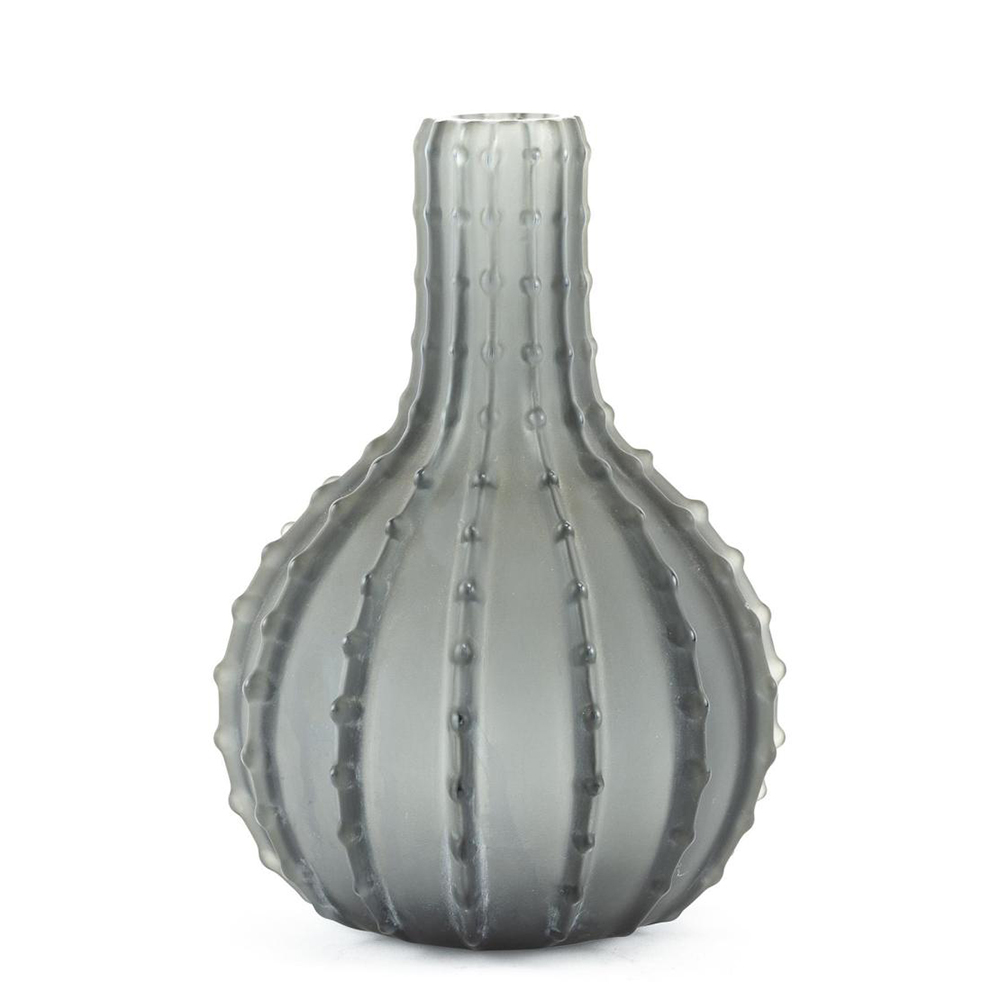
Lalique Dentele Vase
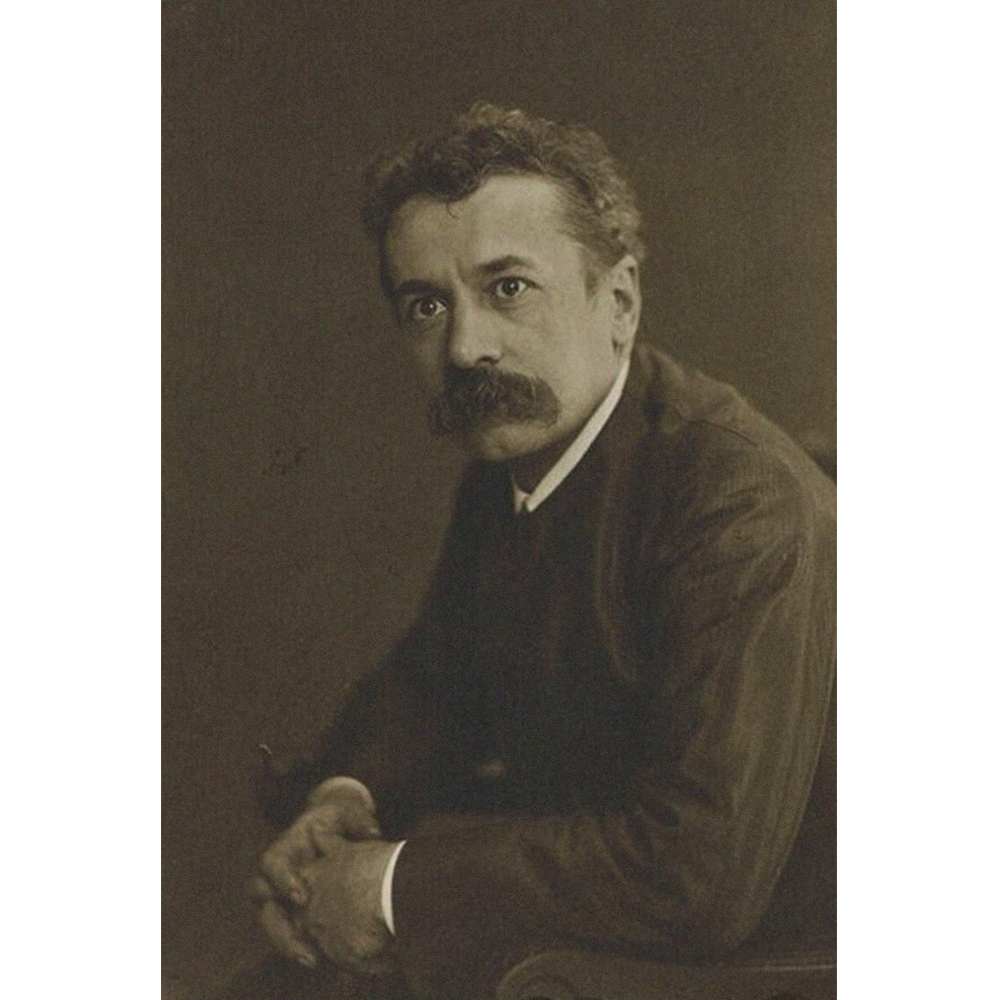
René Lalique
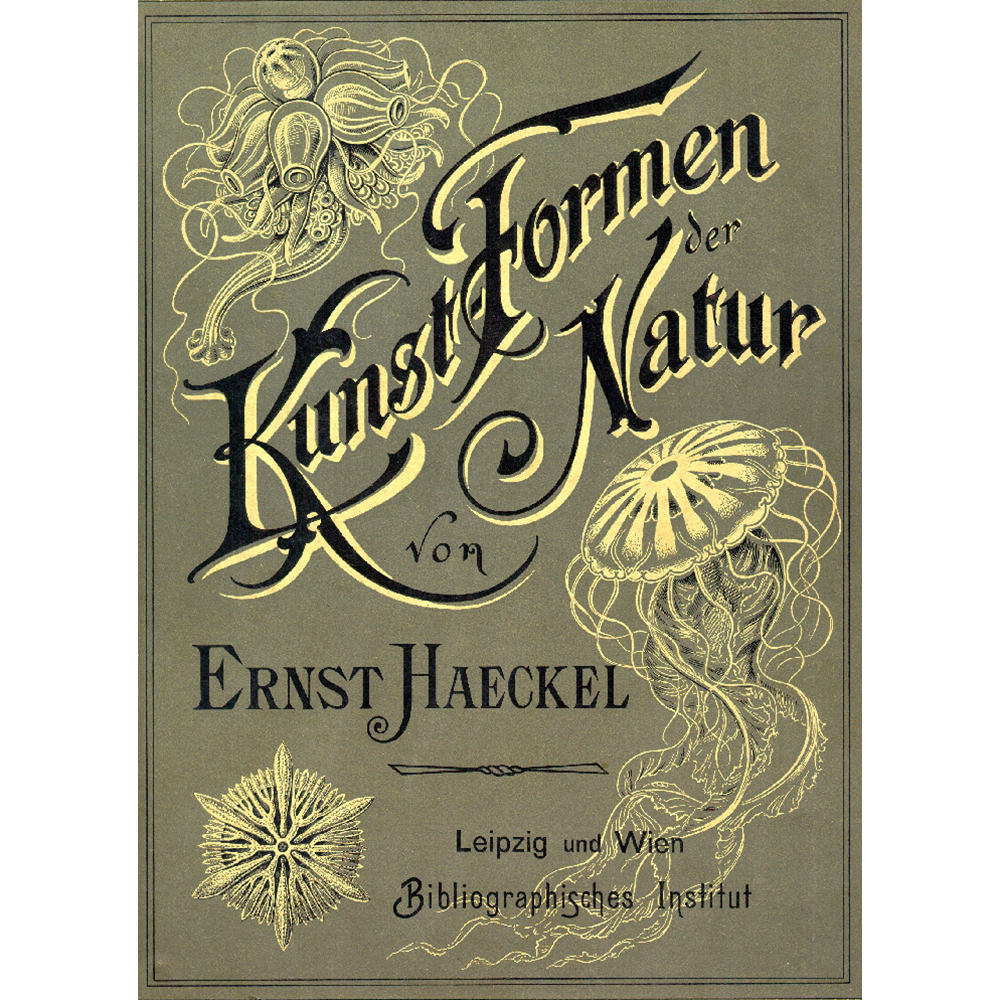
Kunstformen der Natur by E. Haeckel
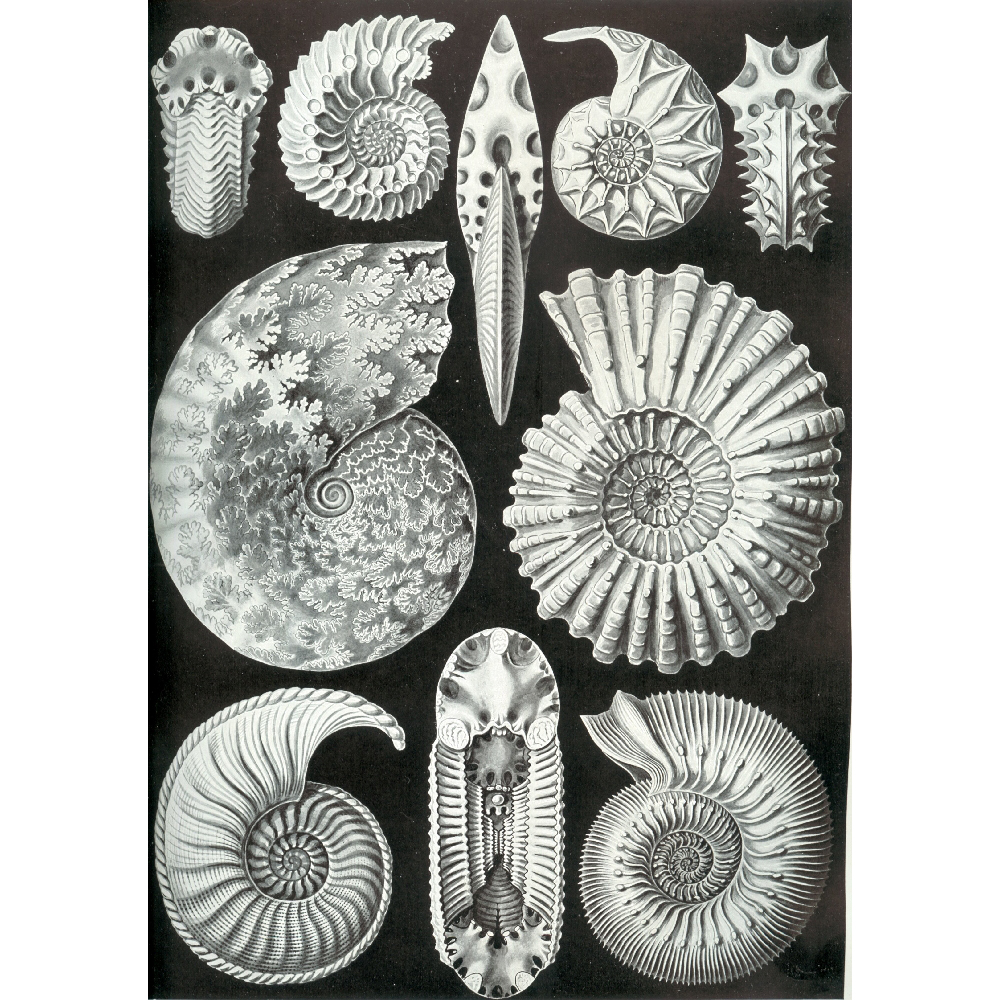
Ammonites by E. Haeckel
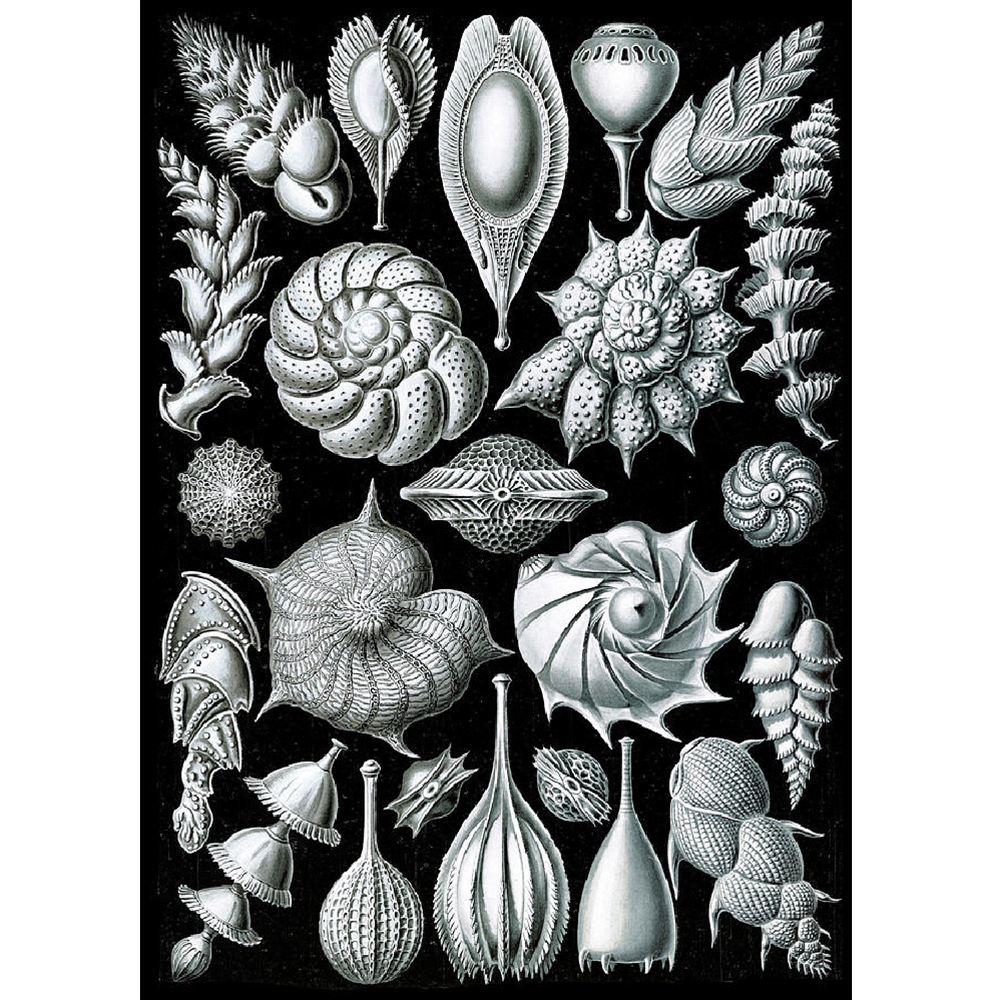
Foraminifera by Haeckel
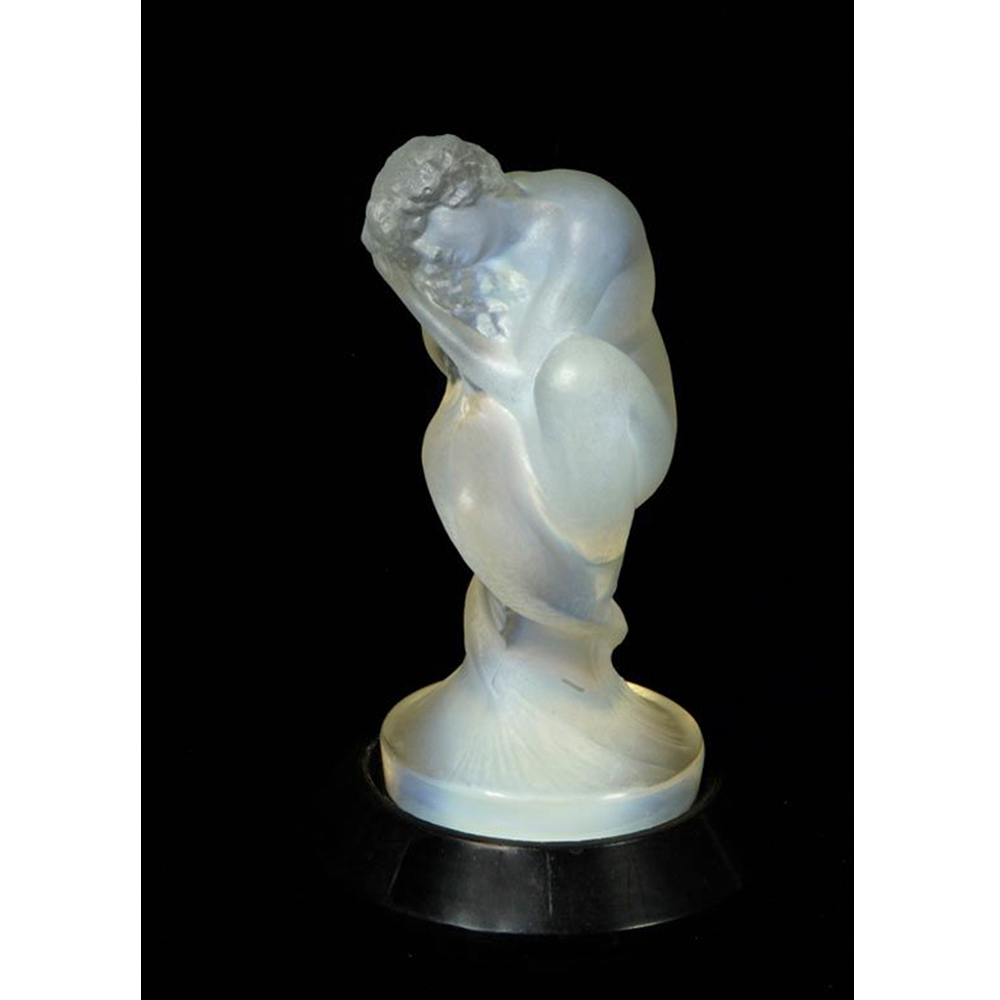
Lalique Sirene Statuette
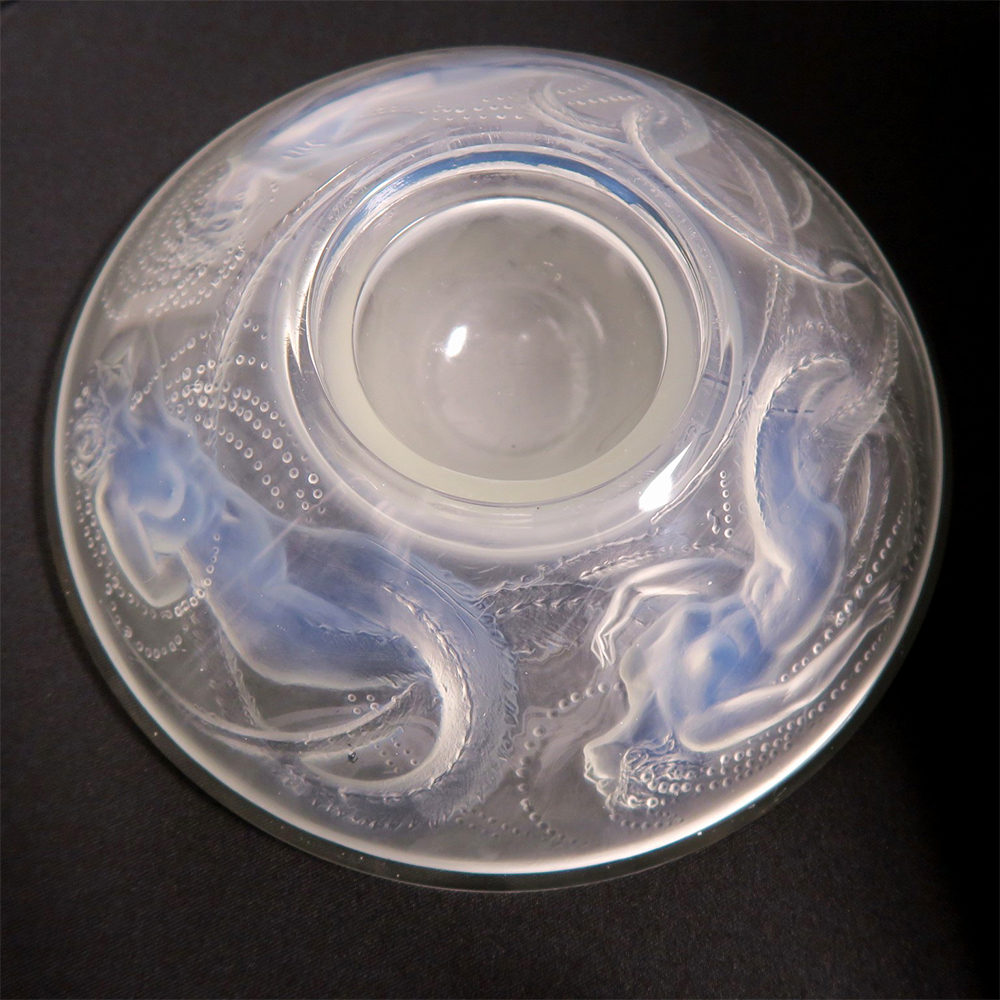
Lalique Trois Sirenes Inkwell
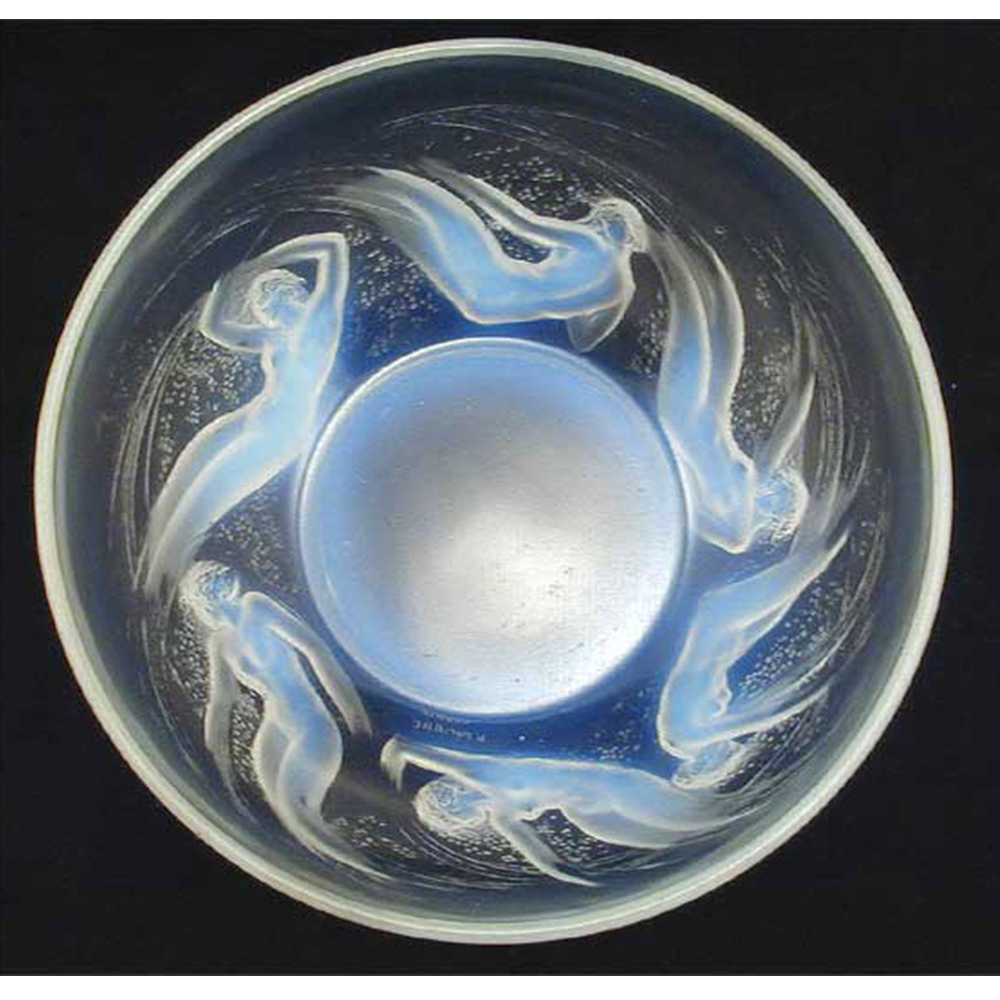
Lalique Ondines Bowl
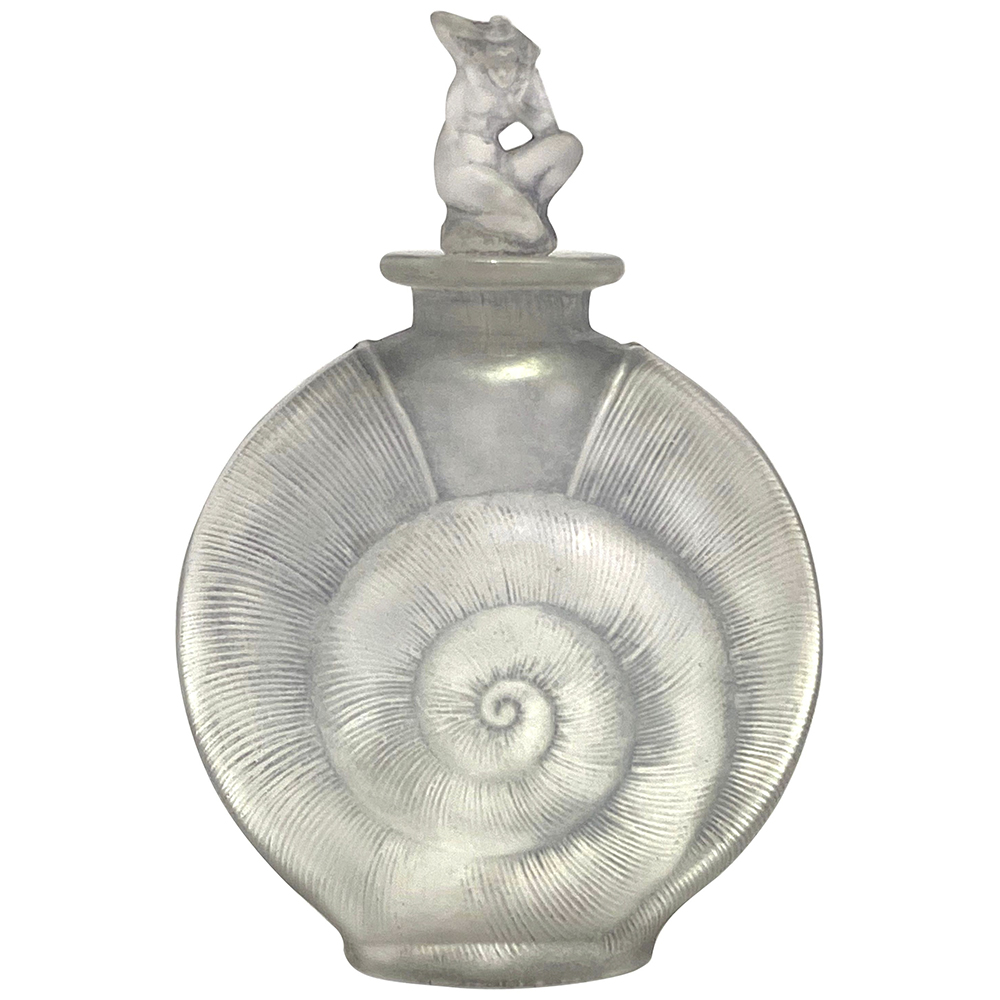
Lalique Amphitrite Perfume Bottle
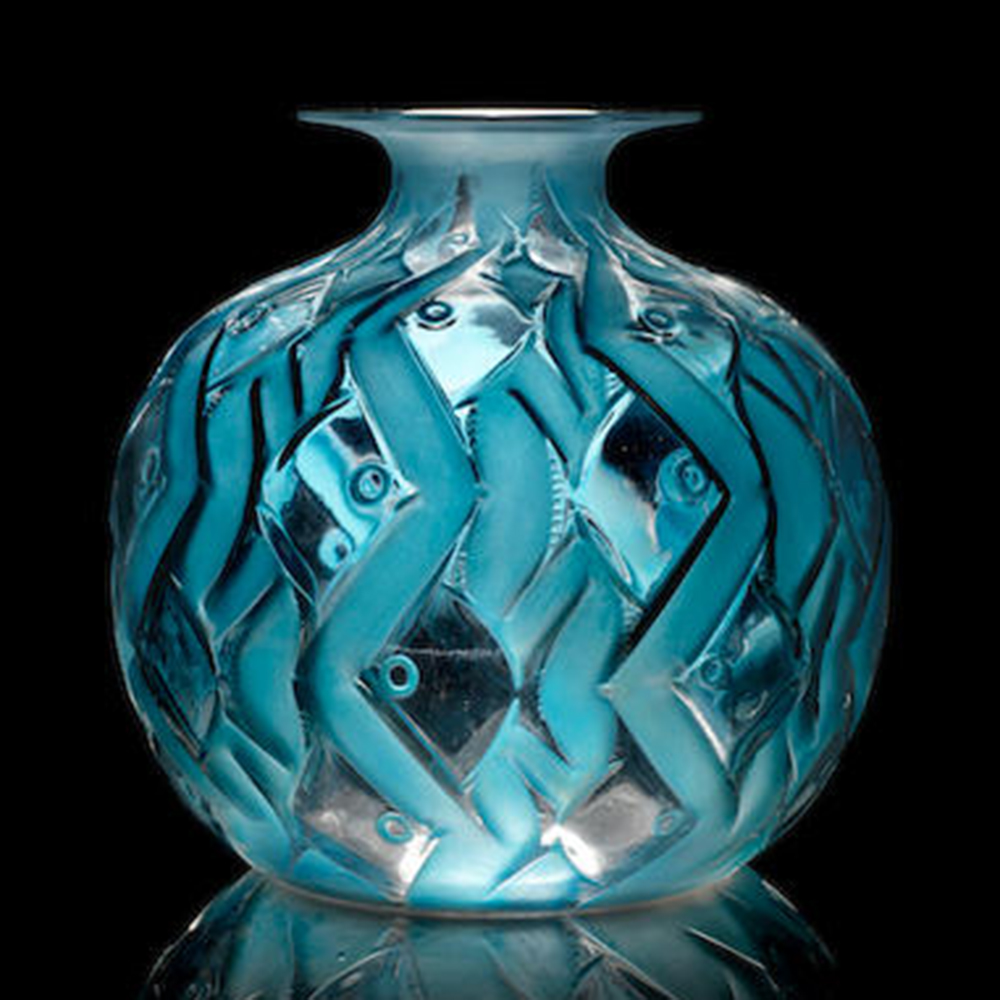
Lalique Penthievre Vase
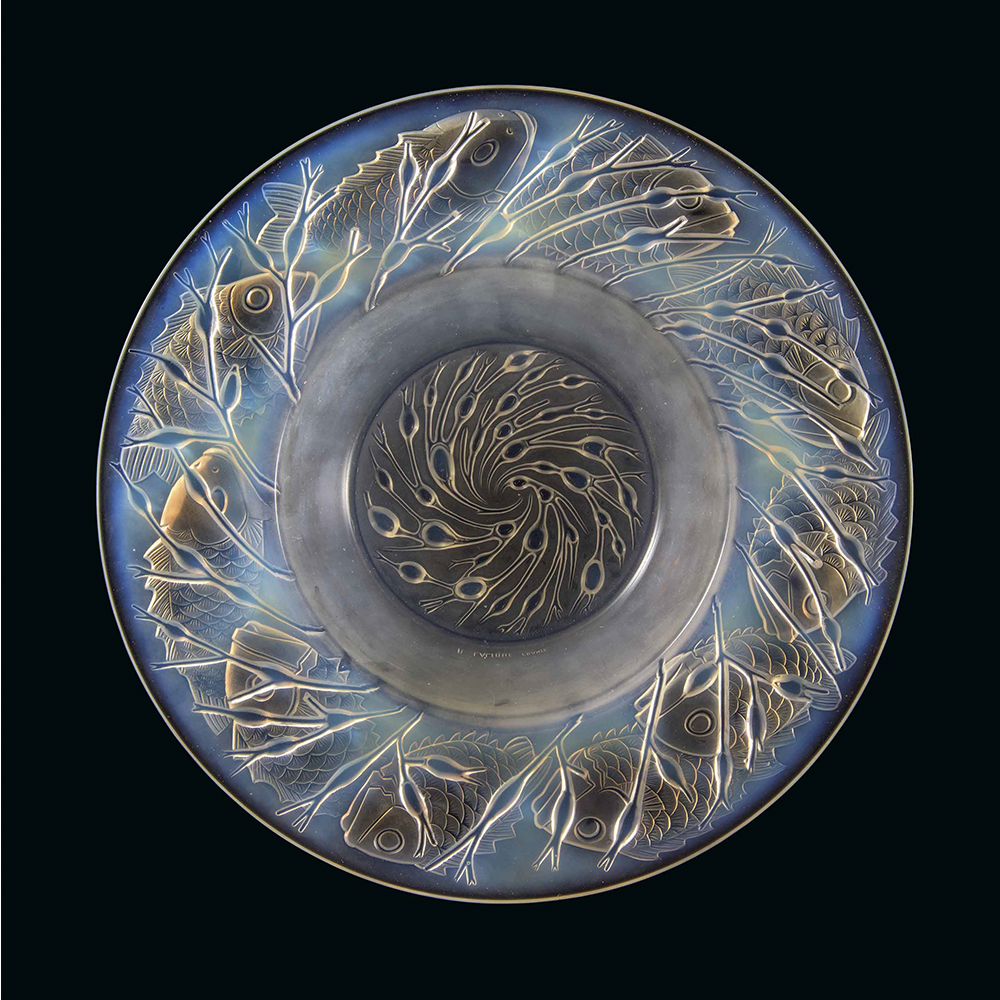
Lalique Anvers Plate
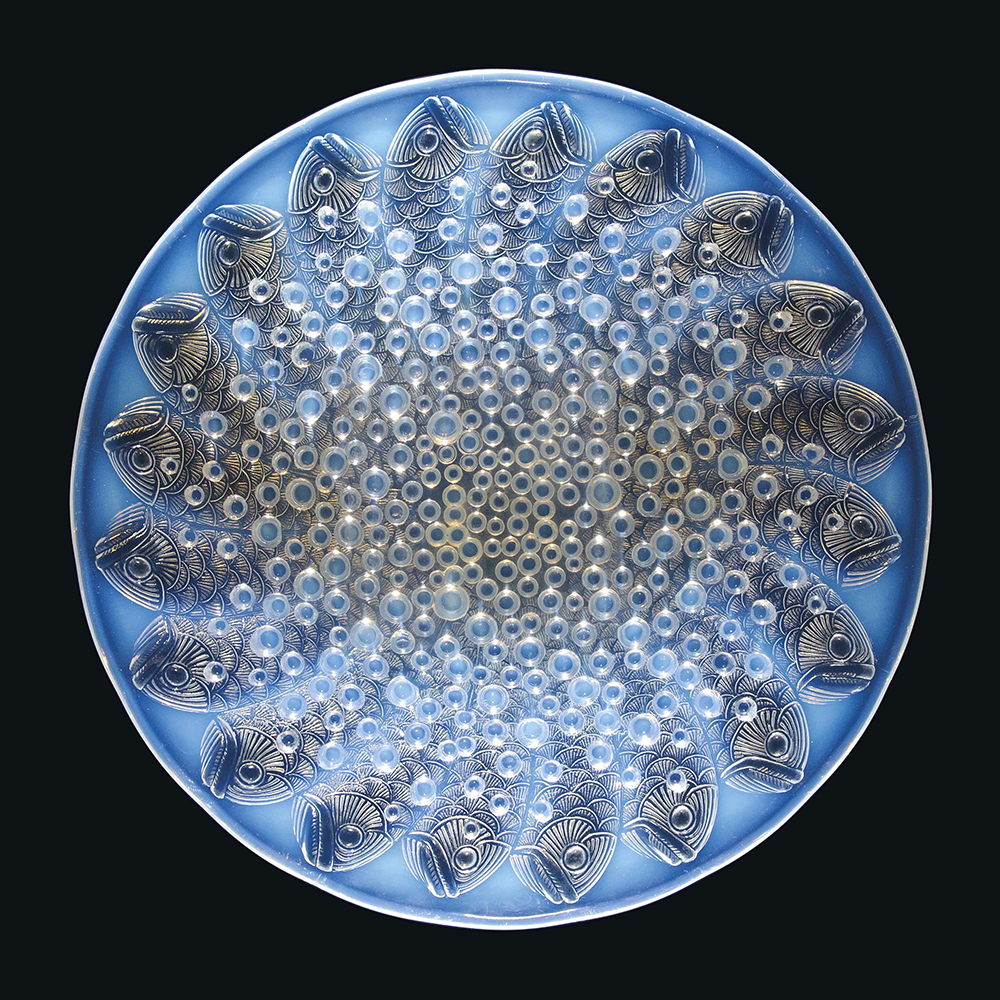
Lalique Roscoff Plate
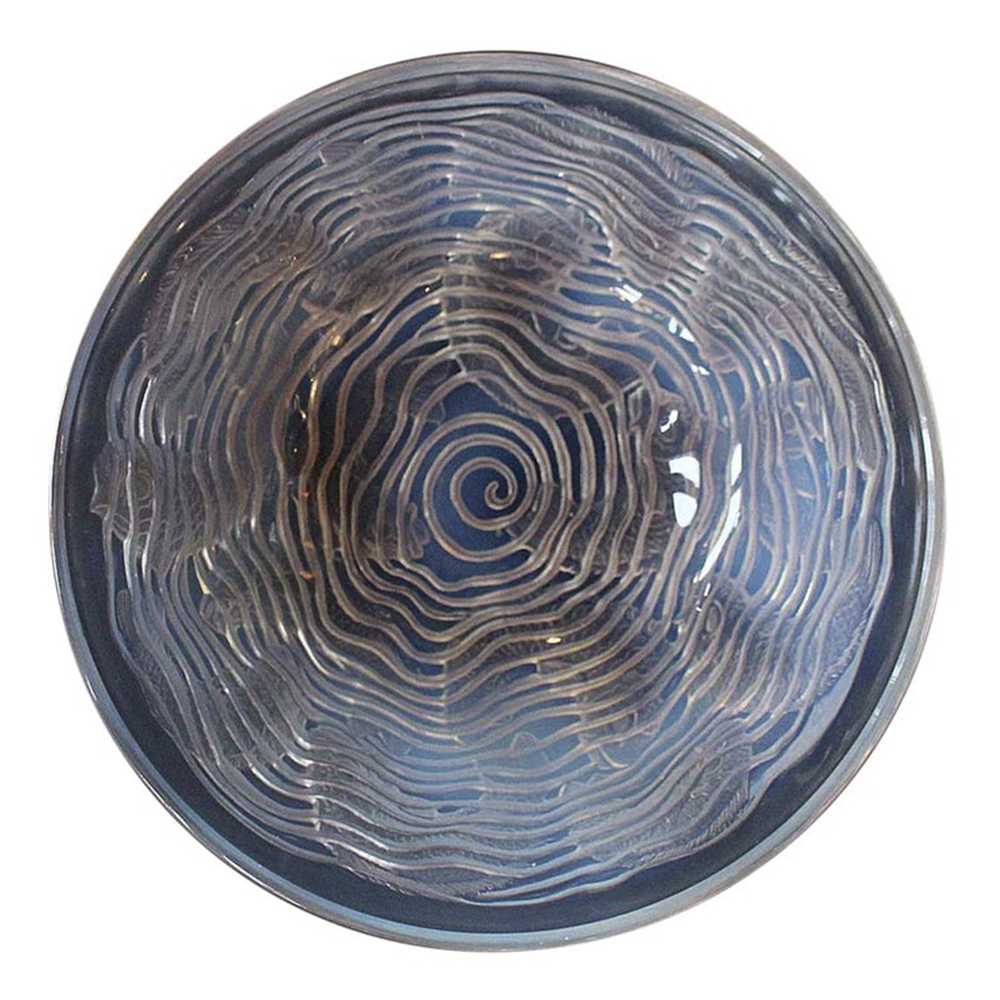
Lalique Dauphins Plate
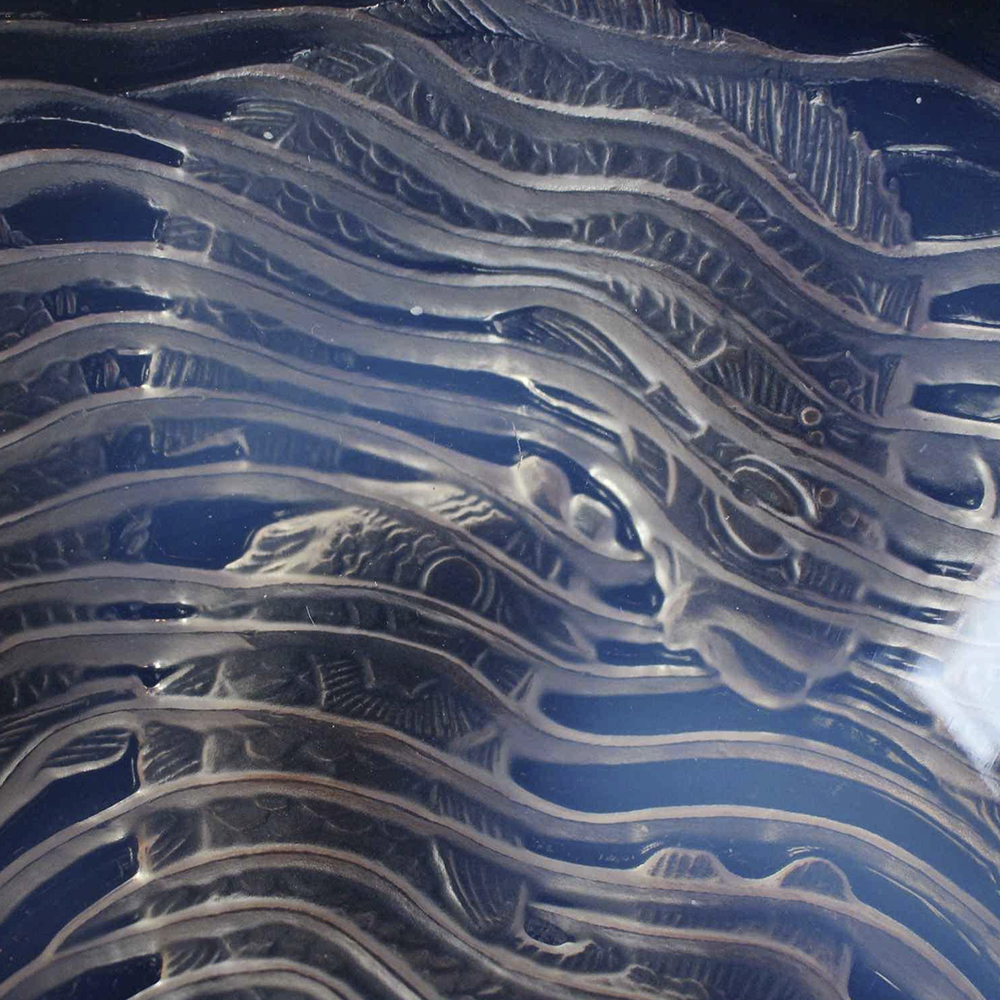
Dauphins detail
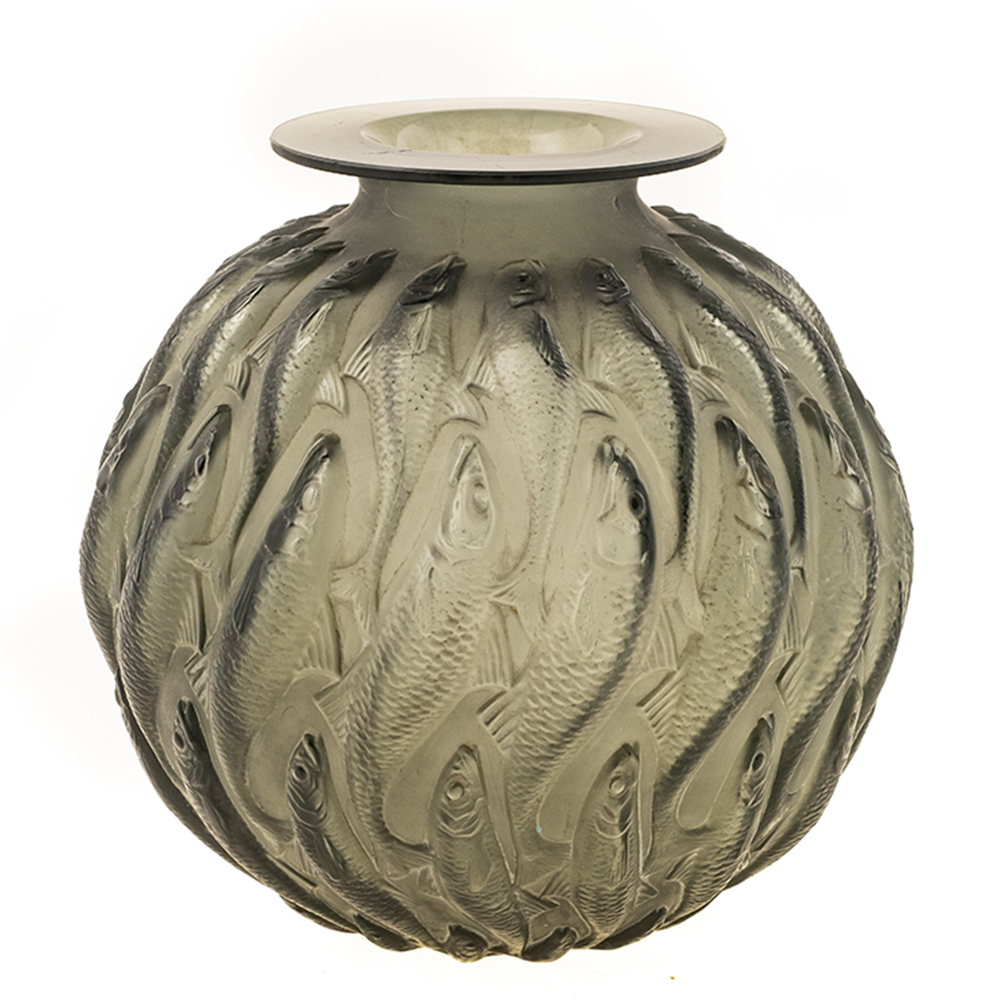
Lalique Marisa Vase
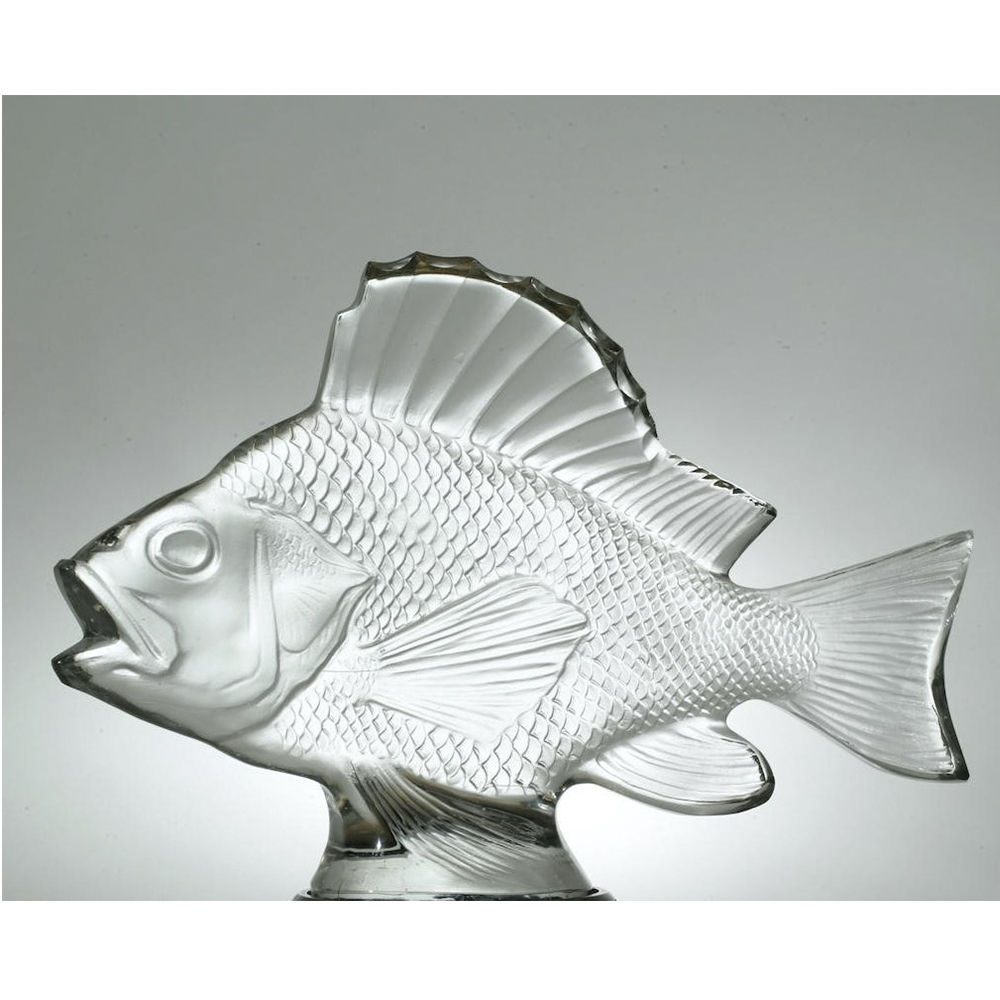
Lalique Gros Poisson Algues Luminaire
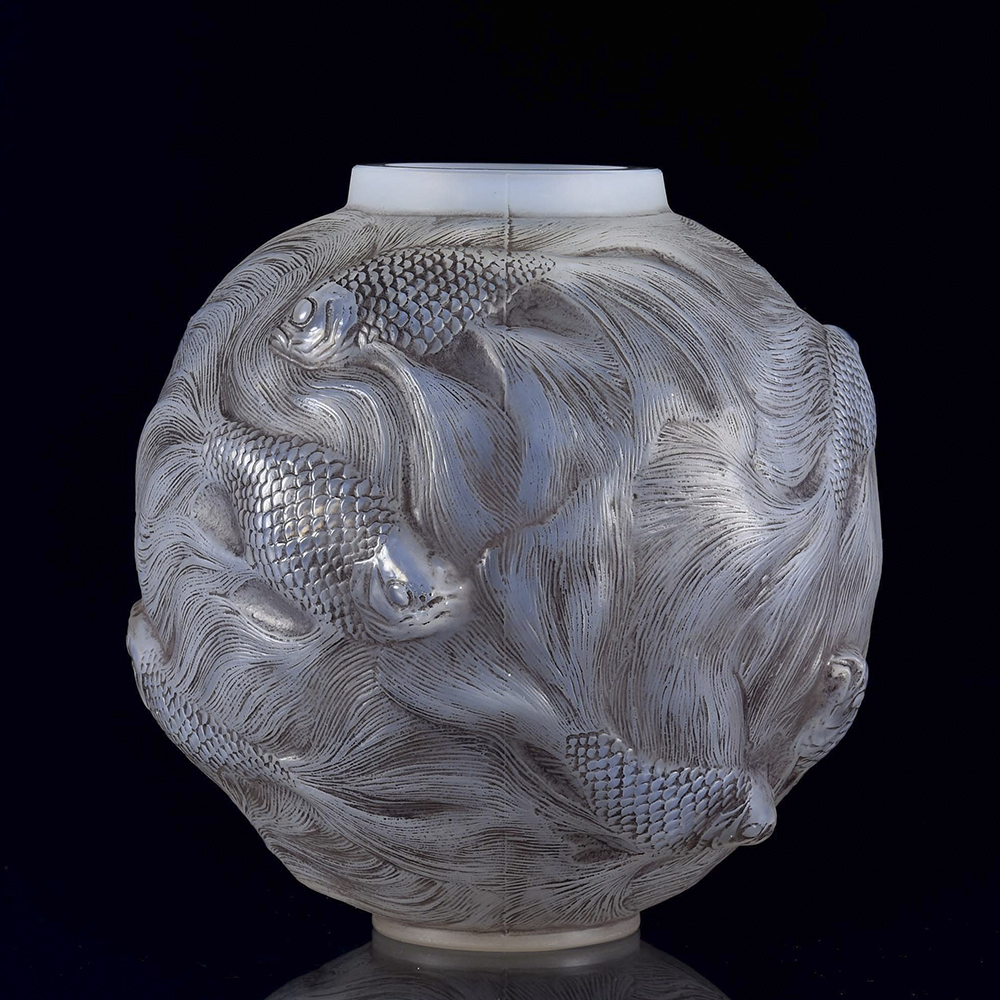
Lalique Formose Vase
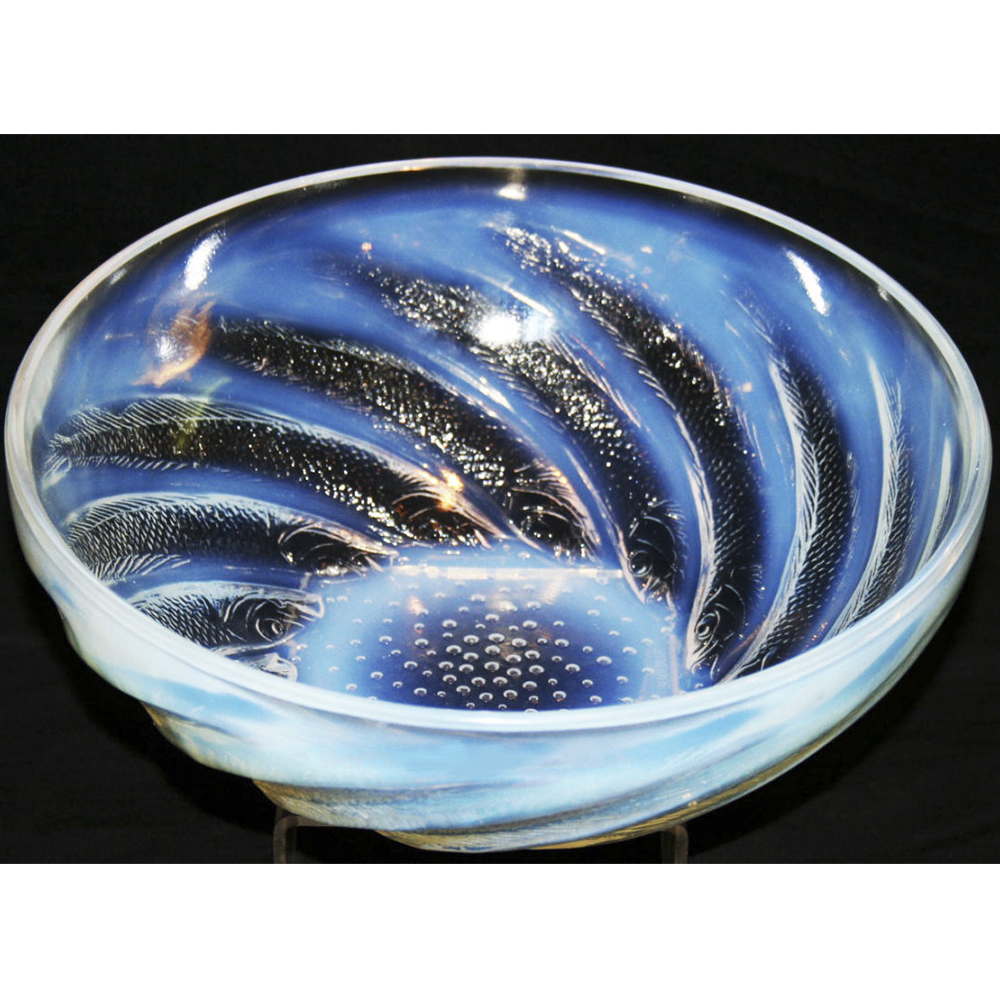
Lalique Poissons Bowl
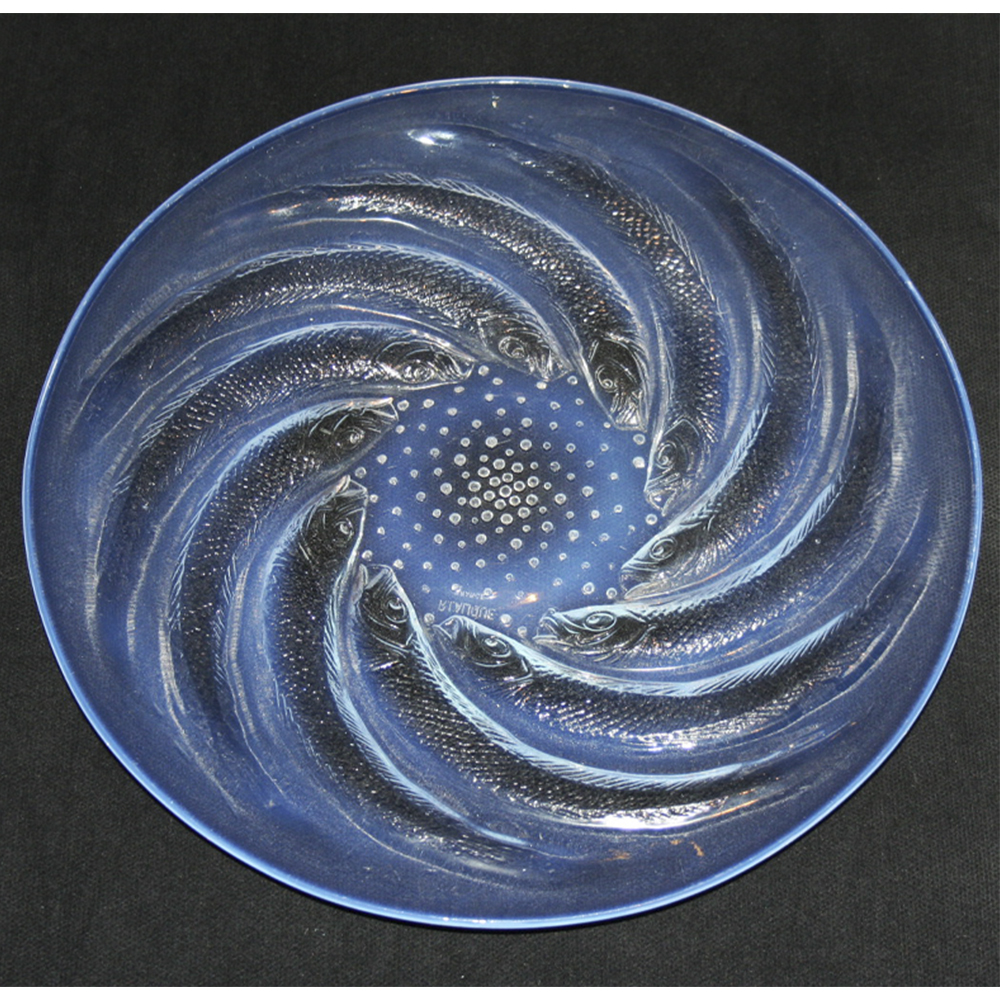
Lalique Poissons Plate
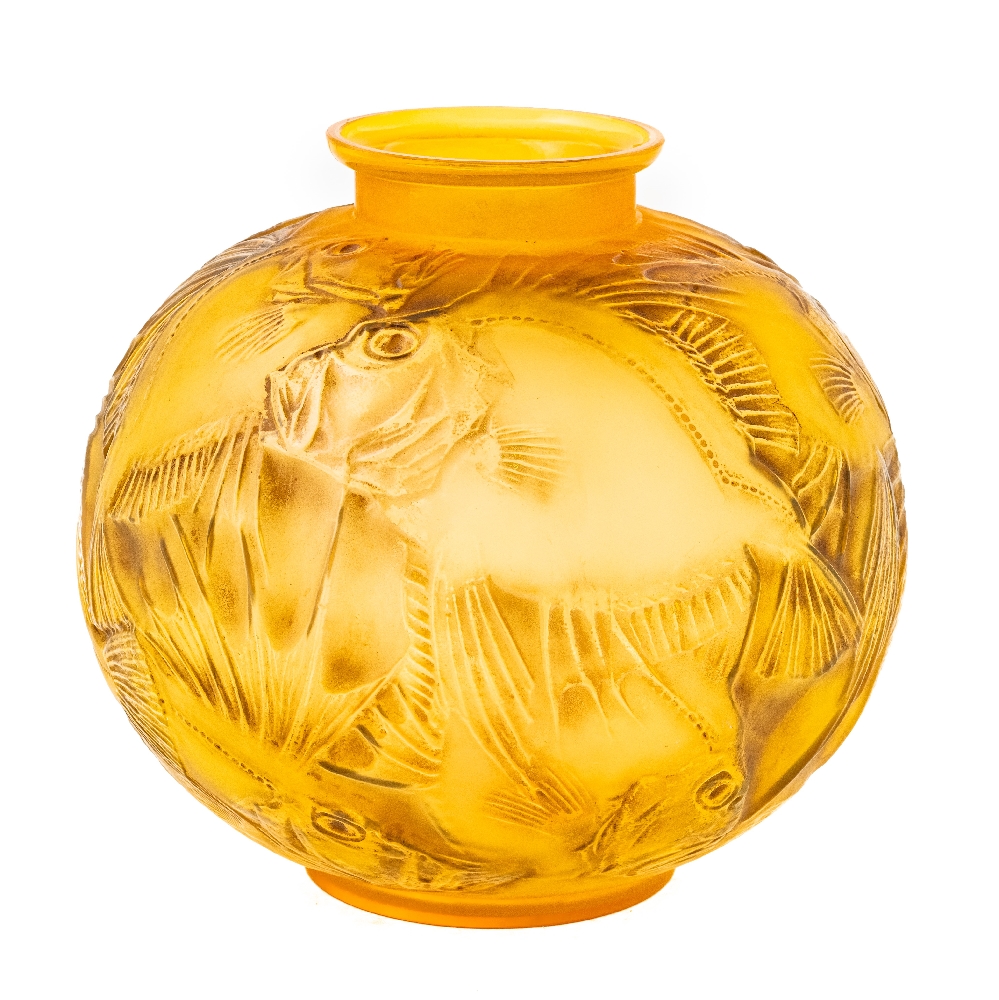
Lalique Poissons Vase
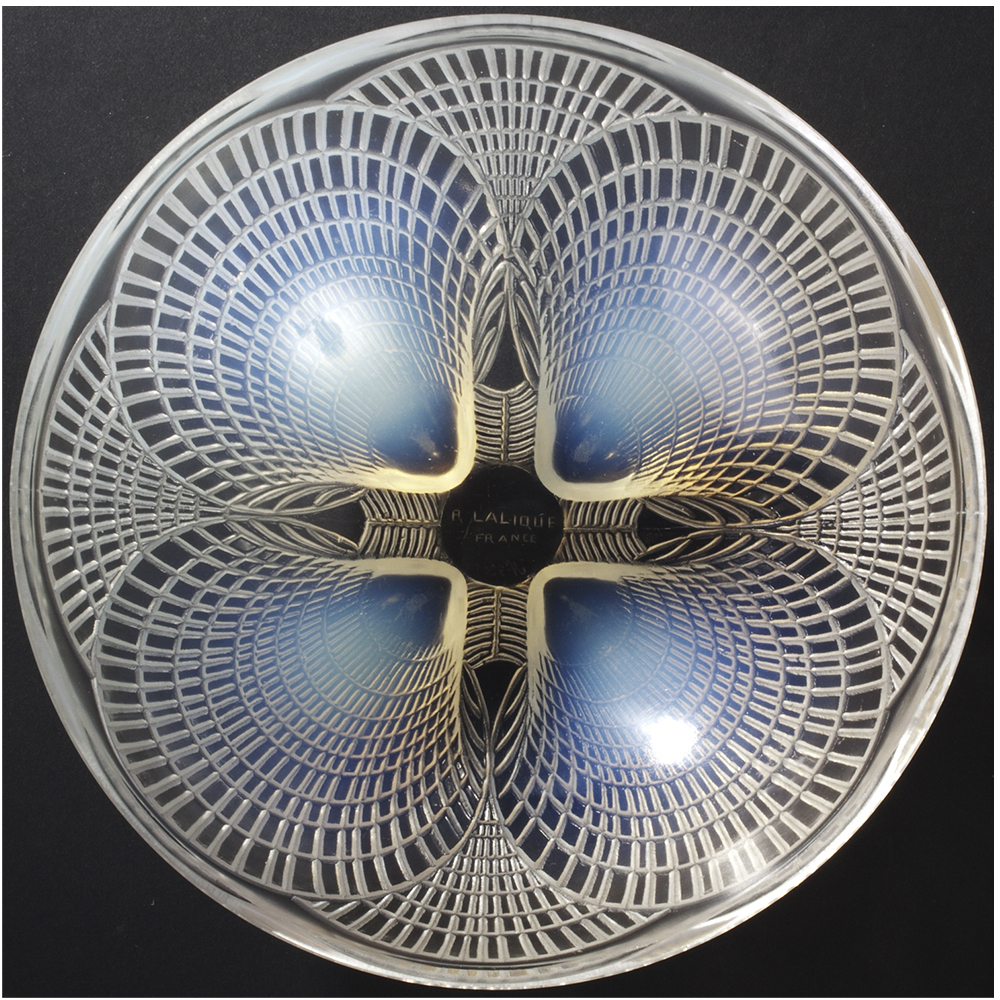
Lalique Coquille Plate
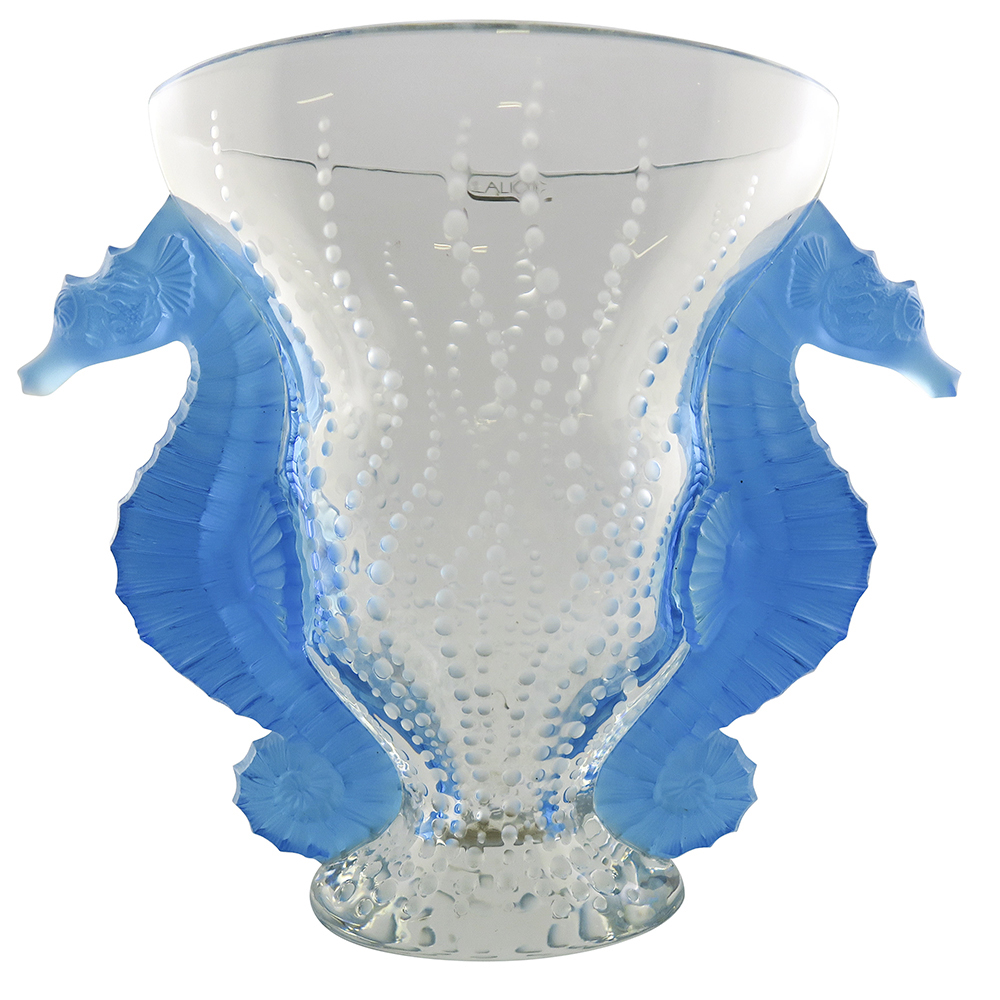
Lalique Poseidon Vase
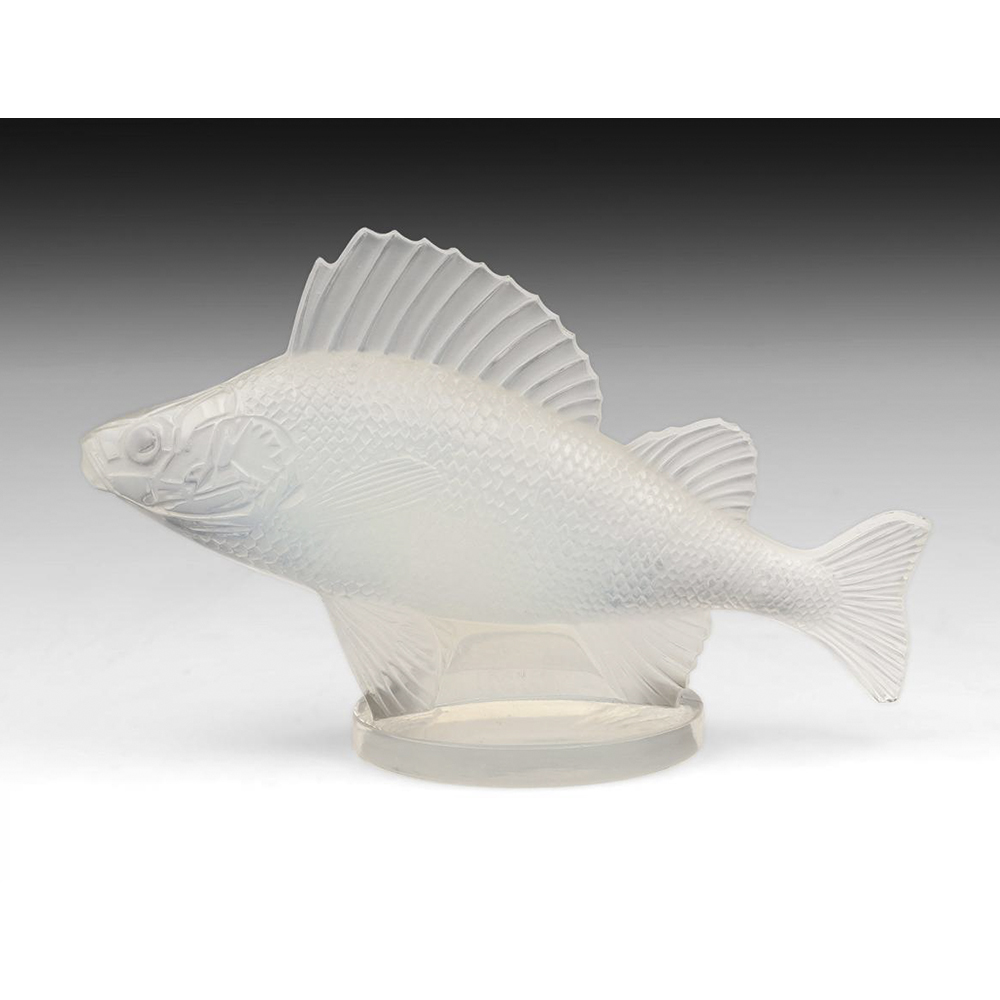
Lalique Perch Hood Ornament
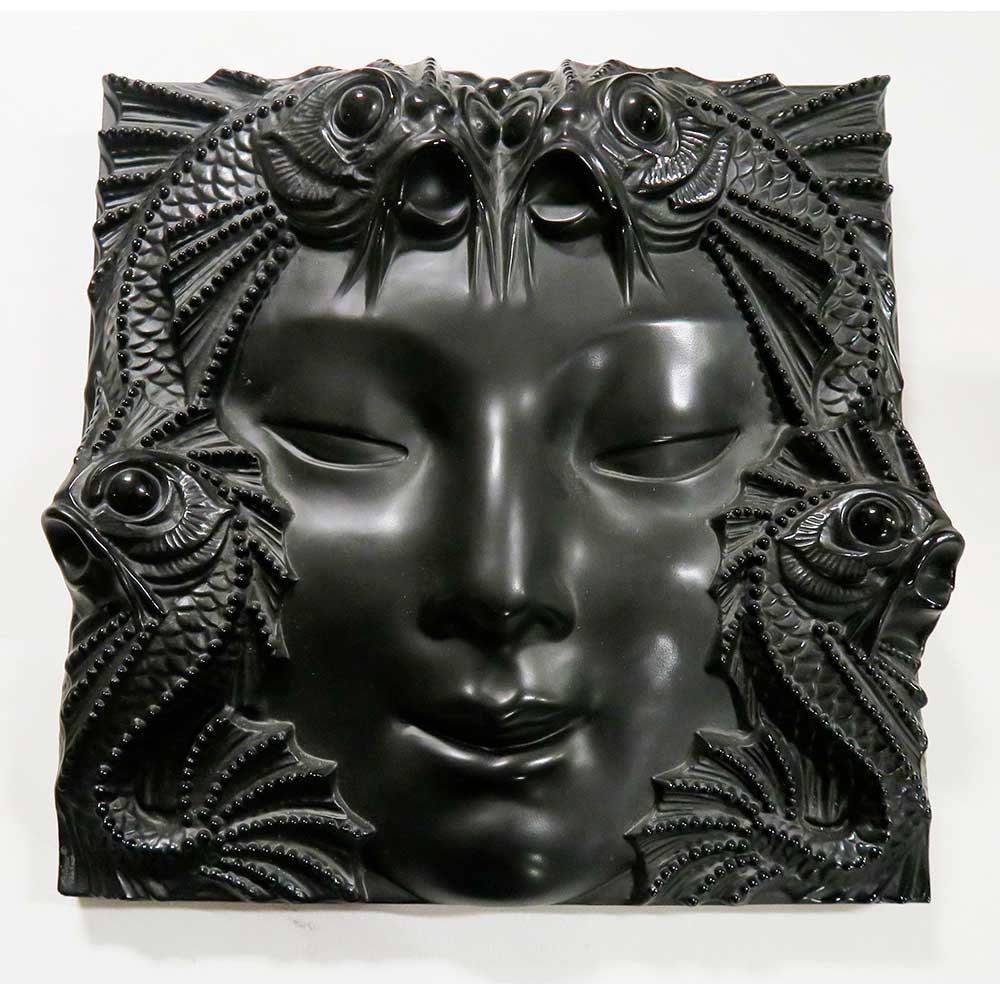
Lalique Poissons Fontaine
